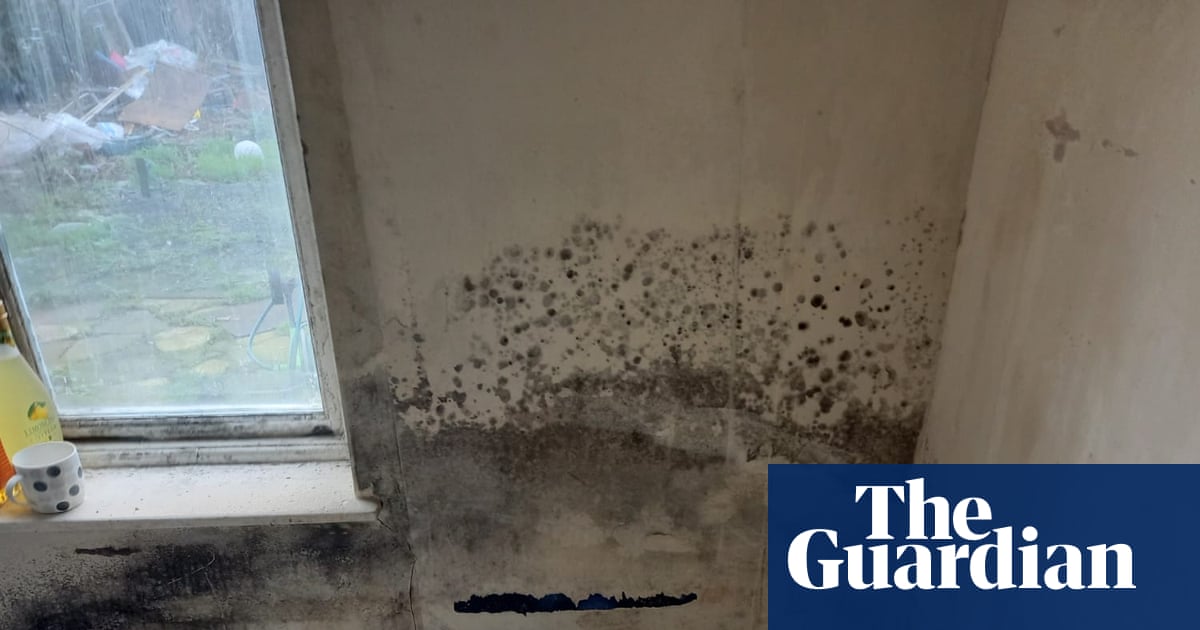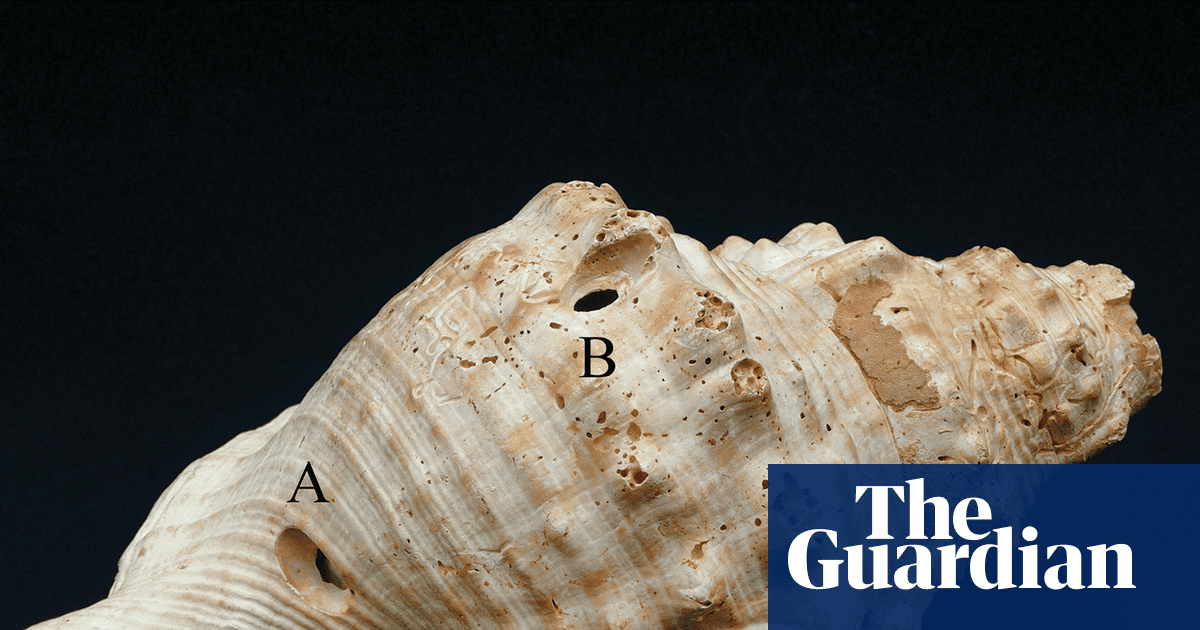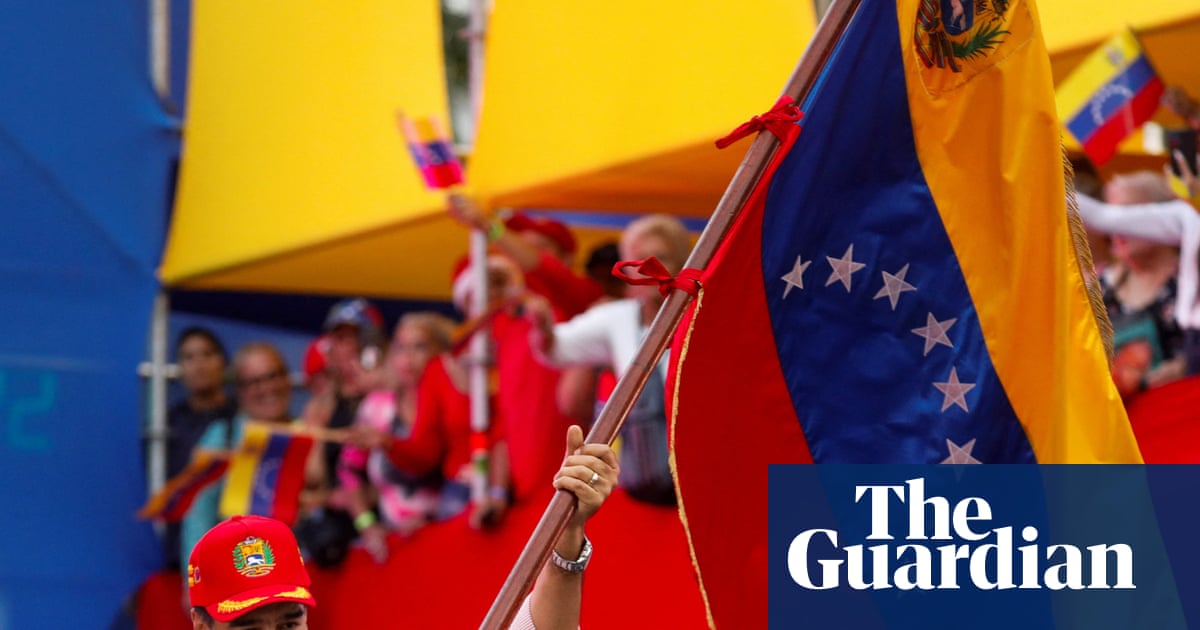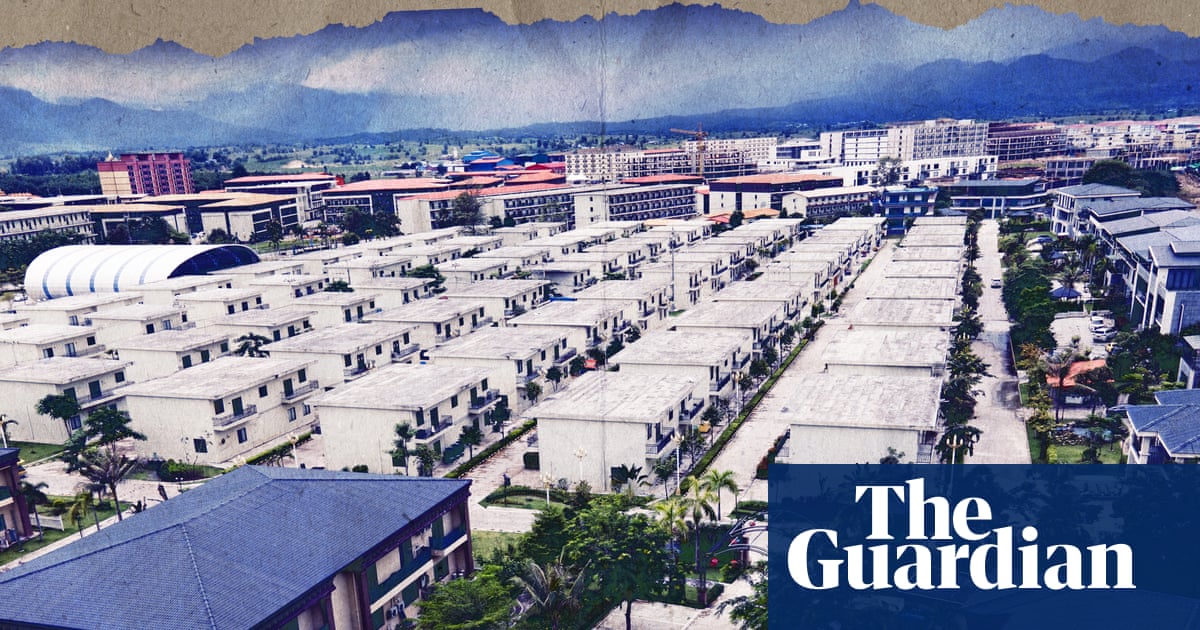‘We can talk about culture, churches, monasteries, whatever, but the main thing here is eating and drinking.” My guide, Loreto Esteban Guijarro, is keen to ensure I have my priorities straight. I’m with Loreto to discover the food and wine culture of Spain’s Burgos province, a high-altitude area ringed by distant mountains. In summer the days are hot, and at night temperatures plummet. To thrive in these extremes, the food, the wine, and even perhaps the people, are robust and straight-talking.
I’m staying deep in wine country at the rural Posada de Pradoray, built as a hunting lodge for the Duke of Lerma in 1601. The thick stone walls, dark polished wood and heavy doors leading to simple rooms with vineyard views suggest little has changed in this landscape for centuries. Burgos is part of the Ribera del Duero wine region which stretches for 71 miles following the Duero River through the provinces of Burgos, Segovia, Soria and Valladolid.
Since the appellation was recognised in 1982 the region has seen huge changes, with the number of wineries increasing from nine to more than 300. Now, there’s a wine route to help explore villages, wineries, restaurants and visitor experiences across the region, with plenty of sampling. My hotel is just outside Aranda de Duero, the main town in the region (population 33,000), 62 miles east of Valladolid and 102 miles north of Madrid. From here I’m following the river on day trips to get a taste of what’s on offer.
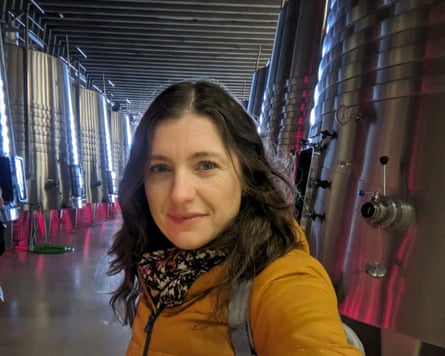
Bodegas Portia is built on the edge of the tiny town of Gumiel de Izán, eight miles (13km) north of Aranda. Designed by Norman Foster, it’s one of the new wave of wineries in the region, with a futuristic trefoil shape, like a spaceship that’s landed in these sun-scorched fields. It’s built partly underground to meld into the landscape but also in recognition of the area’s unique winemaking traditions.
Later, I meet the mayor of Gumiel de Izán, Jesús Briones, at his home – a tour with Loreto opens many doors, she knows everyone. “You’ve seen the wine cathedral [as local people refer to Portia], now see the caves,” he says. Jesús invites us into his garage from which, between tins of paint and boxes of faded Christmas decorations, stone steps twist underground. A single bulb illuminates a rough hewn cave full of barrels, dating back hundreds of years. Traditionally, wine in this region was made and stored in deep, hand-dug caves where the temperatures are stable.
Jesús’s basement isn’t unusual: underneath these streets is a warren of caves, some used, some forgotten. Down here glasses are eschewed in favour of a porrón, a glass jug with a long, narrow spout designed for sharing wine. To drink from it is a leap of faith, pouring wine above your mouth, avoiding speckling your face and clothes with crimson Tempranillo and without the porrón touching your lips. I manage it (mostly).
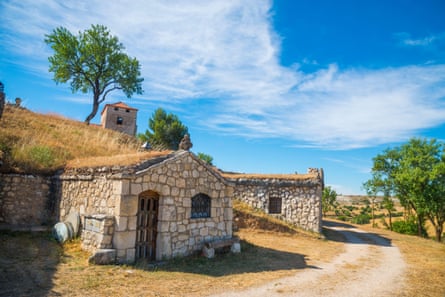
Gumiel de Izán has seen a recent uptick in visitors thanks to a National Geographic article that noted visual similarities between the baroque facade of the town’s Iglesia de Santa Maria, and “the treasury” rock-cut tomb in Petra, Jordan. Gazing up at the intricate sandstone carvings from the village square, I’d say here’s definitely a resemblance, and it’s helped to put the town on the map. “Anything that brings visitors,” says Jesús. “We need reasons for young people to stay.”
At Nabal winery a few miles along the road I meet one young person who’s done just that: Luz Briones studied translation but became fascinated by wine in her early 20s. She leads us through vineyards ranging from 30 years old to more than a century. “We believe in the power of time,” Luz says. “Time in vineyards, time in barrels, time in bottles.” Grapes have to work hard here, developing thick skins to cope with temperature fluctuations and creating rich, tannic wines. In the storeroom, Benedictine chanting is played to the maturing barrels, an acknowledgment of centuries of wine-making by monks. Luz says security guards report lights and music turning on when the building is empty and shows us a large stain that has appeared on the wall resembling, if you squint, a monk drinking wine. The angels’ share perhaps?
We travel downstream, the Duero snaking just out of sight, its presence marked by rippling valleys covered in vines, all benefiting from the river’s proximity. Early in the year the land looks barren, with spiky bare vines and cracked red earth, but in summer fields of lavender and sunflowers create a colourful patchwork with the green of the grapes. In the village of Moradillo de Roa, south of Aranda, we meet Paola González Ortiz carrying a porrón. She’s part of a young team offering tours of a tiny winery museum, demonstrating the heavy labour and huge weights once needed to crush grapes. The village is famed for its grassy hillocks full of wine cellar entrances, often compared to Tolkien’s The Shire. Ducking low, I follow Paola down winding steps into the hillside (being Hobbit height would help). As we share wine from the porrón, a little light filtering through the air vents, Paola says she hopes increased tourism, whether for food and wine or scenic lookalikes, will help create more year-round jobs here. Moradillo de Roa has 157 wine cellars, and a population of 162. To attract young people, the village has started hosting porrón singles nights in the town square.
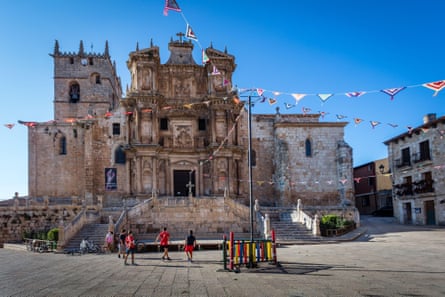
I end my tour back in Aranda, with a final wine cellar, this one beneath Don Carlos wine shop. Through a dynamic tasting, Cristina López Nuñez tells stories of wine and winemakers, and why the region needs both traditions and youthful innovation. “It’s like wine. Younger grapes have more energy but fewer stories like children,” she says. “The older grapes have less energy but much better stories, like older people. The old vines with deep roots give complexity, the younger vines with shallow roots are juicy. We need both.”
When I emerge back above ground, the sleepy town has transformed. Before I saw only old men sipping coffee and smoking at wine-barrel tables, and a gaggle of children chasing a football past the imposing gothic churches. At dusk, everything changes as the bars switch from coffee to wine. “We never entertain at home,” says Loreto. “Why would we?”
At El Lagar de Isilla, the bar fills with people of all ages in office attire, hi-vis jackets, or dressed for a night out. We feast on bechamel-topped salt cod, gildas with fat olives and anchovies, and octopus cooked with potatoes and sweet paprika. The wine is cheap and delicious, straight from the restaurant’s own vineyard, and the atmosphere is lively. Loreto is satisfied: “I told you, it’s about eating and drinking – and who you share it with.” I can drink to that.
The trip was provided by the Ribera del Duero Wine Route. Double rooms at La Posada de Pradoray from €80 B&B, including wine on arrival

 1 month ago
42
1 month ago
42









